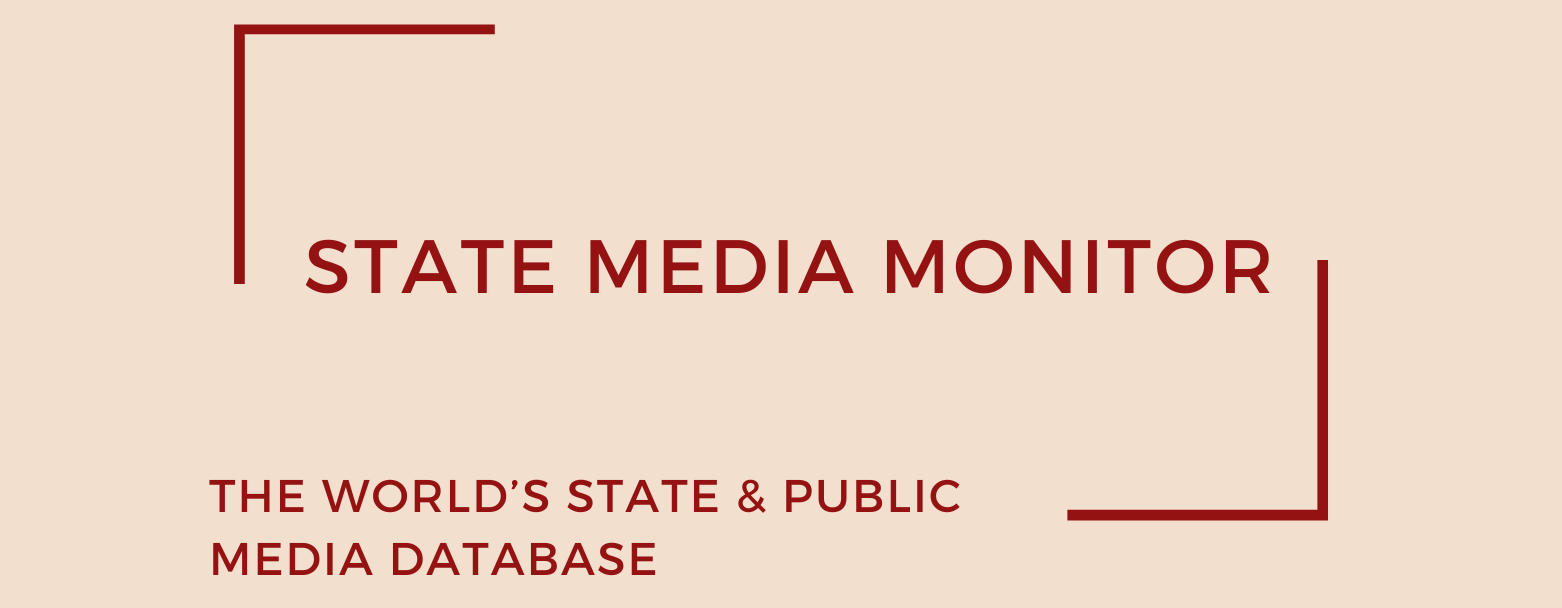State Media Monitor: Global Findings 2023
A bleaker picture emerges more and more as the propaganda war intensifies.
In the past year, the government’s grip on state media has remained overwhelmingly strong, albeit with a slight decrease. According to State Media Monitor, some 83% of the 592 state-administered media entities across 157 countries lack editorial independence. While this figure is down by one percentage point from the previous year, it still represents an increase from the 80% recorded in 2021.
The share of media outlets categorized as state-controlled has seen a slight decline. These outlets, which are primarily funded, managed, and editorially controlled by the government, now make up approximately 76% of the 493 outlets lacking independence. This marks a decrease from the previous year’s figure of 80%.
The slight decrease experienced by the incidence of government-controlled media can be attributed to the ongoing trend of media centralization pursued by several governments. This strategy involves consolidating multiple media outlets into larger entities, albeit in smaller numbers. A notable example of this can be observed in Morocco, where the government is currently in the process of merging numerous outlets under the state-controlled media outlet SNRT.
But state and public media have a significantly larger and expanding outreach when their portfolios of assets are analyzed. As per the State Media Monitor, the combined ownership of these media entities amounts to nearly 6,200 media assets. This figure includes television and radio channels, print titles, news agencies, and news portals, but not the websites associated with their traditional media operations.
Over the past year, six media outlets have experienced a downgrade in our matrix due to the loss of their editorial independence. These include RTA in Argentina, SINART in Costa Rica, Once in Mexico, CRTVG in Galicia, Spain, RTSH in Albania, and Czech Radio.
However, there have also been positive developments, with five outlets being upgraded from a category lacking editorial independence to one that now possesses it. This includes the Central News Agency (CNA) in Taiwan, the public broadcaster RTCG in Montenegro, as well as three outlets in Slovenia – the public broadcast group RTVSLO, the news agency STA, and the news portal SiolNET (for more detailed information, please refer to the Regional Overviews).
The situation of state and public media worldwide continues to be a cause for concern. Only 99 outlets currently hold editorial independence. This represents a decrease of three outlets compared to the previous year. Out of these, a mere 19 can be classified as independent public service media, which is considered the golden standard for media independence in all aspects.
It is worth noting that the majority of the independent public media outlets, a total of 12, are located in Europe. Six Western European countries, namely Austria, Germany, Sweden, Switzerland, the United Kingdom, and the Netherlands, account for the presence of eight of these outlets. The remaining European independent public media outlets are distributed across Southern Europe, with Portugal being the sole representative, and Central and Eastern Europe, with Czechia and Lithuania each hosting one outlet.
But even these outlets are not immune to pressures. Several independent outlets are facing relentless attacks, particularly from right-wing politicians and parties who oppose the autonomy of public service media. The funding model of ORF and BBC, the public service media in Austria and the United Kingdom respectively, is currently subject to ongoing pressures for change. Concerned advocates for public media worry that these alterations could potentially jeopardize the continued existence of these outlets.
Additionally, Europe is currently grappling with a concerning surge in the number of captured media outlets, accounting for nearly a third of all such cases globally. A total of 36 media outlets have fallen victim to capture. Out of these, 25 are privately owned and predominantly controlled by oligarchic entities that maintain close ties with state authorities. These outlets unabashedly toe the government’s line, leaving little room for impartiality. Worryingly, the number of such outlets continues to rise, with recent instances identified in Hungary and Turkey.
Furthermore, it is worth noting that Eurasia, Sub-Saharan Africa, Latin America, and MENA lack independent public media outlets, a clear sign of the growing divide between the Western nations and the rest of the globe.
As war and conflict continue to escalate in Ukraine and the Middle East, concerns are mounting over the increasing government control of public and state media. This development is particularly worrisome as the world approaches a crucial election year in 2024.
Cite this study
Dragomir, M. & Söderström, A. (2023). From Puppet to Powerhouse: A Global Study of the Independence of State and Public Media. Media and Journalism Research Center: Tallinn/London
Go to the study key findings and conclusions web page: click here
Download the full study
Citation (cite the article/profile as part of):
Dragomir, M. (2025). State Media Monitor Global Dataset 2025.
Media and Journalism Research Center (MJRC).
Zenodo.
https://doi.org/10.5281/zenodo.17219015
This article/profile is part of the State Media Monitor Global Dataset 2025, a continuously updated dataset published by the Media and Journalism Research Center (MJRC).
